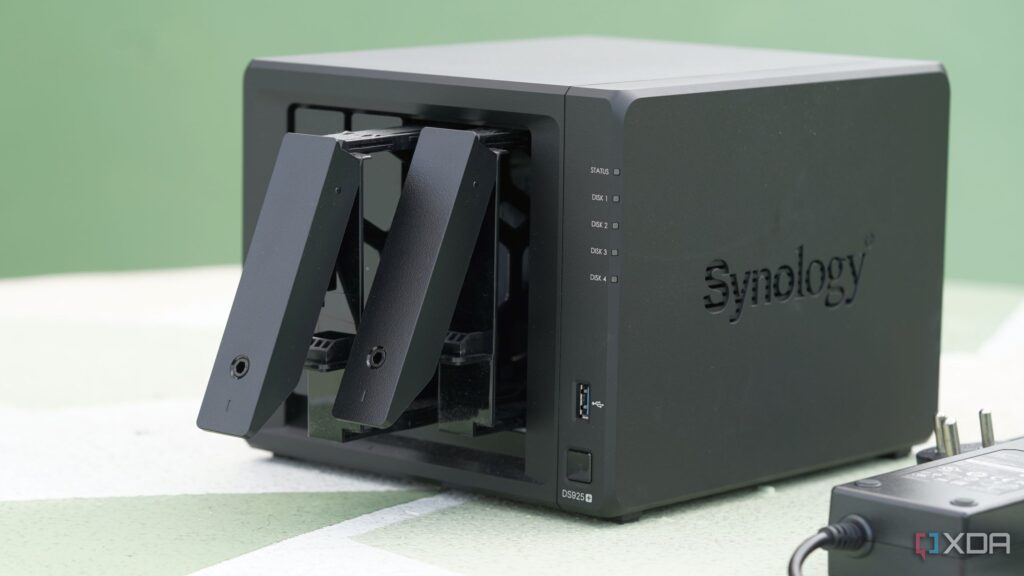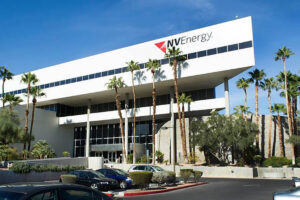
Synology has drawn comparisons to Apple due to its user experience and product design, but this resemblance comes with both advantages and disadvantages. The company’s approach to its Network Attached Storage (NAS) devices mirrors the philosophy of creating a cohesive ecosystem, offering both polished software and notable restrictions. Understanding these similarities can help users navigate their choices when considering Synology products.
Strengths of Synology’s Ecosystem
One of the standout features of Synology is its robust ecosystem. The company provides an array of first-party applications, allowing users to accomplish a variety of tasks without seeking external solutions. For instance, Synology Drive serves as an alternative to Google Drive, while Synology Photos offers a platform for image management. Additionally, Surveillance Station supports security camera network functionalities.
The interconnectedness of these applications enhances usability. By linking the NAS to a Synology account, users can access their data from anywhere through the QuickConnect feature. The mobile applications are well-designed and consistently perform well, creating a seamless user experience. However, this tight integration can discourage users from exploring third-party options, which may feel like a departure from the ecosystem.
User-Friendly Design and Long-Term Support
The operating system, known as DiskStation Manager (DSM), is another area where Synology excels. DSM is designed for simplicity and clarity, reminiscent of Apple’s macOS in its functionality. Users often find it intuitive, as the interface is organized and avoids overwhelming users with excessive options. Unlike many competitors, Synology maintains consistency across updates, ensuring that familiar features remain easily accessible.
Furthermore, Synology is committed to long-term support for its devices. Past updates, such as the release of DSM-7 for older models, demonstrate the company’s dedication to keeping its hardware relevant. Frequent updates and security patches mean that even budget models benefit from ongoing improvements, similar to Apple’s updates for older devices.
However, this quality comes at a price. Synology products are generally more expensive than many competitors, which often offer superior specifications at lower price points. The premium reflects not just the hardware but the overall experience and ongoing support that users receive. This phenomenon has led to discussions about the so-called “Synology tax,” where consumers pay extra for convenience and assurance of future support.
Challenges with Limitations and Ecosystem Dependency
While the ecosystem offers many benefits, it also presents notable downsides. Users may encounter limitations that restrict the full potential of their NAS devices. Recent changes to drive compatibility illustrate this issue, as Synology has imposed restrictions that can frustrate users accustomed to the flexibility typically associated with NAS systems. Additionally, the removal of open-source applications from the Synology app store has compelled users to seek alternatives outside the ecosystem.
Once users invest in Synology’s ecosystem, transitioning to another brand can be challenging. The integrated workflow facilitated by Synology applications creates a strong reliance on the system. For many, the prospect of migrating to a different setup or DIY solution can seem daunting. While the ecosystem may provide operational efficiencies—such as streamlined backups and maintenance—users often find that leaving Synology behind is not a straightforward decision.
Ultimately, evaluating the balance between convenience and restrictions is crucial for potential buyers. Synology’s ecosystem can provide significant advantages, but it also enforces limitations that some users may find frustrating. As with any technology choice, weighing these factors will help individuals determine whether the benefits outweigh the drawbacks in their specific circumstances.






